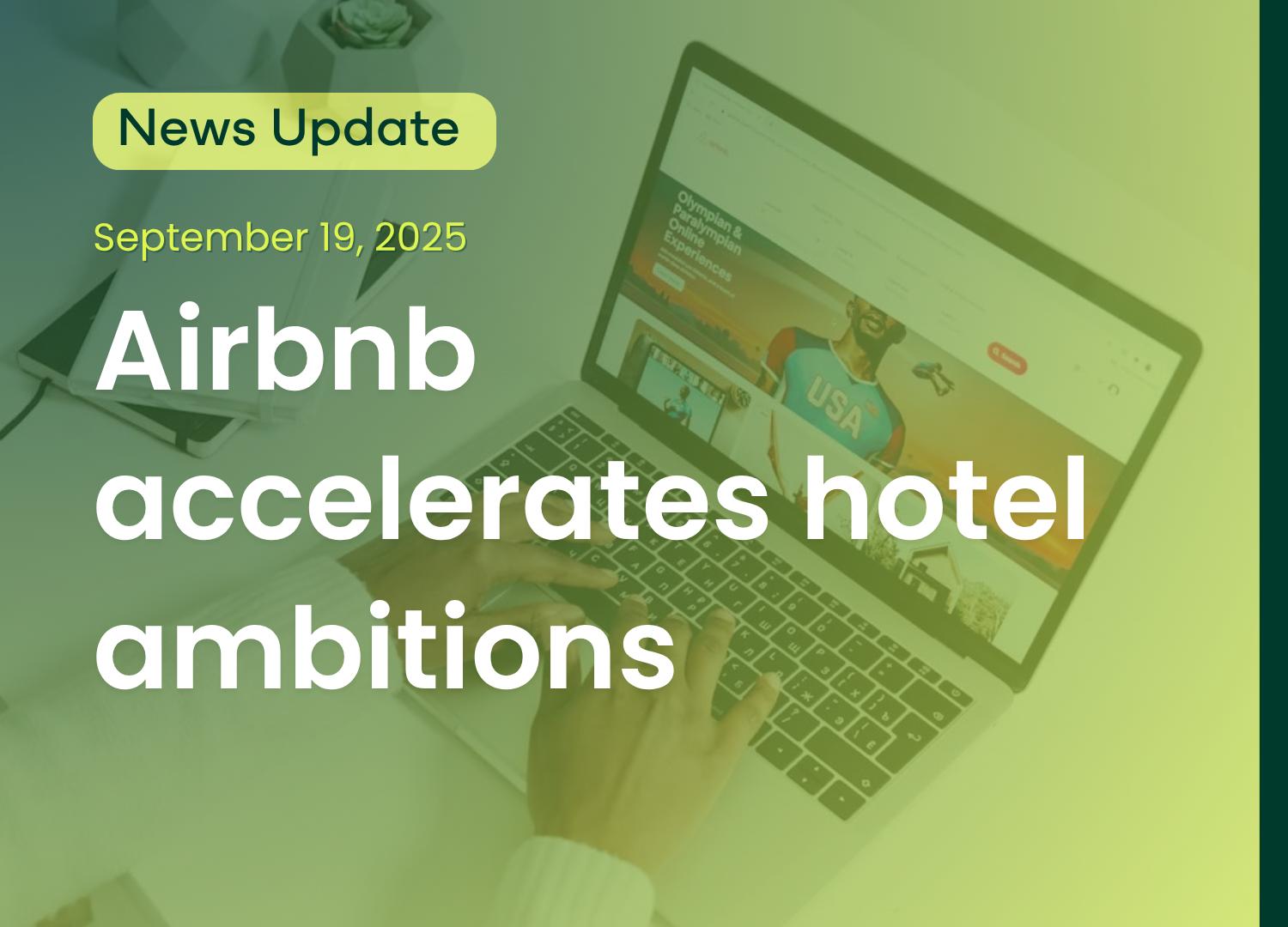From RevPAR to GOPPAR: A More Comprehensive Metric for Hotel Profit and Opportunities
Why is RevPAR alone not enough? For a long time, RevPAR has been the sole source of truth for many hotel and B&B operators. However, that approach is no longer ideal. Unfortunately, RevPAR only tells a small part of the story. Otamiser gives you a few reasons why RevPAR shouldn't be used in isolation.

RevPAR doesn't measure financial performance
The most apparent issue with RevPAR is its misuse. In many cases, RevPAR is considered a measure of financial health, which is a huge mistake. RevPAR only shows how much money comes in per room. It doesn't consider the money spent throughout the day, nor does it account for the money left after hotel operations.
Why does it matter?
If a hotelier or investor uses RevPAR to make decisions, they are in the dark. If the hotel is burning through money quickly or if costs exceed income, it doesn't matter how high the RevPAR is. Income needs to turn into profit to indicate the actual financial health of a hotel.
RevPAR is an incomplete revenue figure
Revenues serve a purpose. For instance, hoteliers need to measure whether they can afford to invest in additional programs. Revenues can also help determine the right revenue mix for the hotel to increase profit. However, RevPAR isn't the best way to measure revenues. That's because it only takes into account the amount of room-related money coming in. Revenue generated from, for example, food and beverage (F&B), golf courses, spas, parking, or other hotel activities isn't recognized. This is where TRevPAR comes into play. Total Revenue per Available Room (TRevPAR) is a more comprehensive revenue metric than RevPAR, as it considers all revenue streams of the hotel. Hoteliers can go a step further by breaking down revenues by department and displaying them as a percentage of TRevPAR. This analysis shows where revenues are coming from, allowing decision-makers to see which programs need more attention.

RevPAR distracts from hotel progress
Perhaps the most serious effect of a RevPAR-only strategy is how it hides opportunities. When hoteliers are hyper-focused on RevPAR, they can easily miss opportunities to bring in more money.
For instance, if RevPAR figures remain stable for years, it might seem that hotel operations don't need adjustment. Unfortunately, if labor costs rise or providing a service becomes more expensive, profits can plummet. By examining more comprehensive hotel data, hoteliers can see where money is slipping away. Maybe an F&B service is overspending on products, or perhaps maintaining the golf course is too costly. Meanwhile, there might be new opportunities to earn money that are just below the surface. Either way, RevPAR sheds little light on new opportunities to increase profits or areas where cuts need to be made.
Is there a better way to measure hotel performance?
Good news! There are better metrics that can help hoteliers develop a profit-focused performance strategy and reveal the actual financial health of a hotel. One of the best metrics for measuring hotel performance is Gross Operating Profit per Available Room (GOPPAR).
GOPPAR measures a hotel's profit per room. By emphasizing the money that reaches the bottom line of the hotel, it tells a more complete story about the hotel's financial state.
GOPPAR not only works better as a benchmark, but it also helps hoteliers see which adjustments, cuts, and investments yield more profit. This makes it valuable for hoteliers aiming to increase their long-term profits.




.svg)
.svg)


.jpg)


%201.avif)

